This video tutorial in Computers & Programming category will show you how to delete temporary files in Ubuntu, Linux Mint or Debian. For this you will need the program called bleachbit. You could get it from Bleachbit Sourceforge/ or from Synaptic package manager. For synaptic manager, click on 'package manager' in the 'start' menu and log into the program by typing your password. Then search for 'bleachbit', download and install it. Go to 'terminal', type in 'su' and enter, then type in your password and click enter. Then type in 'bleachbit' and it will be launched as a root. Now you can select all 'cache' from all your browsers and other non-essential files and hit 'delete'. And that's it!
Home
Operating Systems How to Delete temporary files in Ubuntu, Linux Mint or Debian

By getexcellent
Apple's iOS 26 and iPadOS 26 updates are packed with new features, and you can try them before almost everyone else. First, check Gadget Hacks' list of supported iPhone and iPad models, then follow the step-by-step guide to install the iOS/iPadOS 26 beta — no paid developer account required.




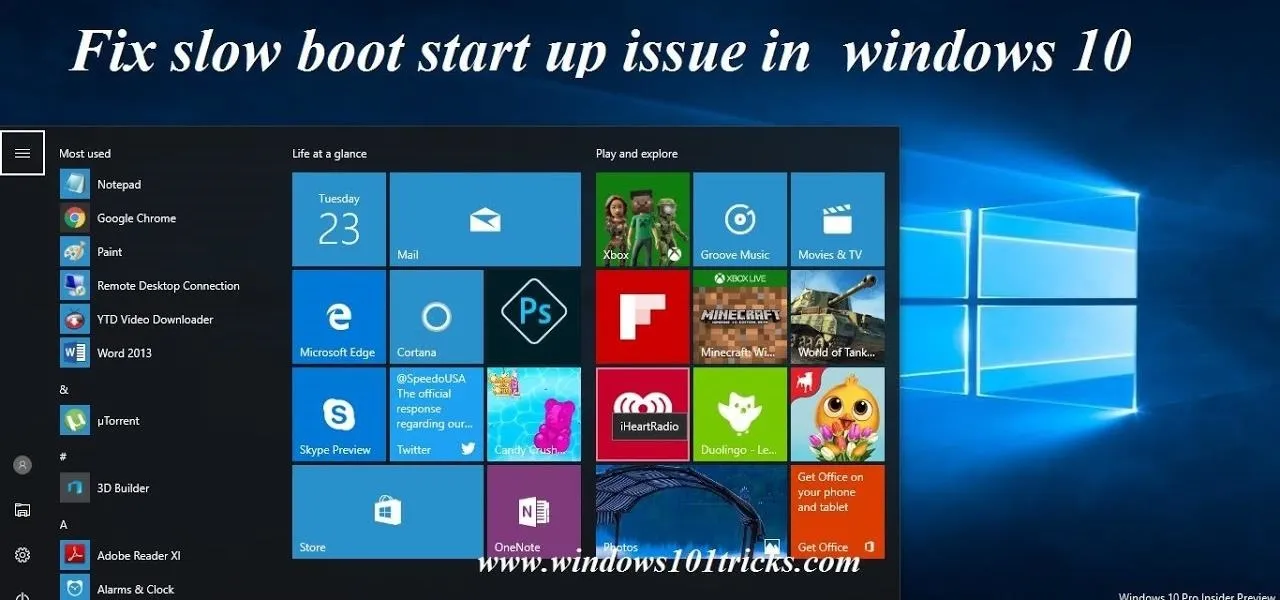
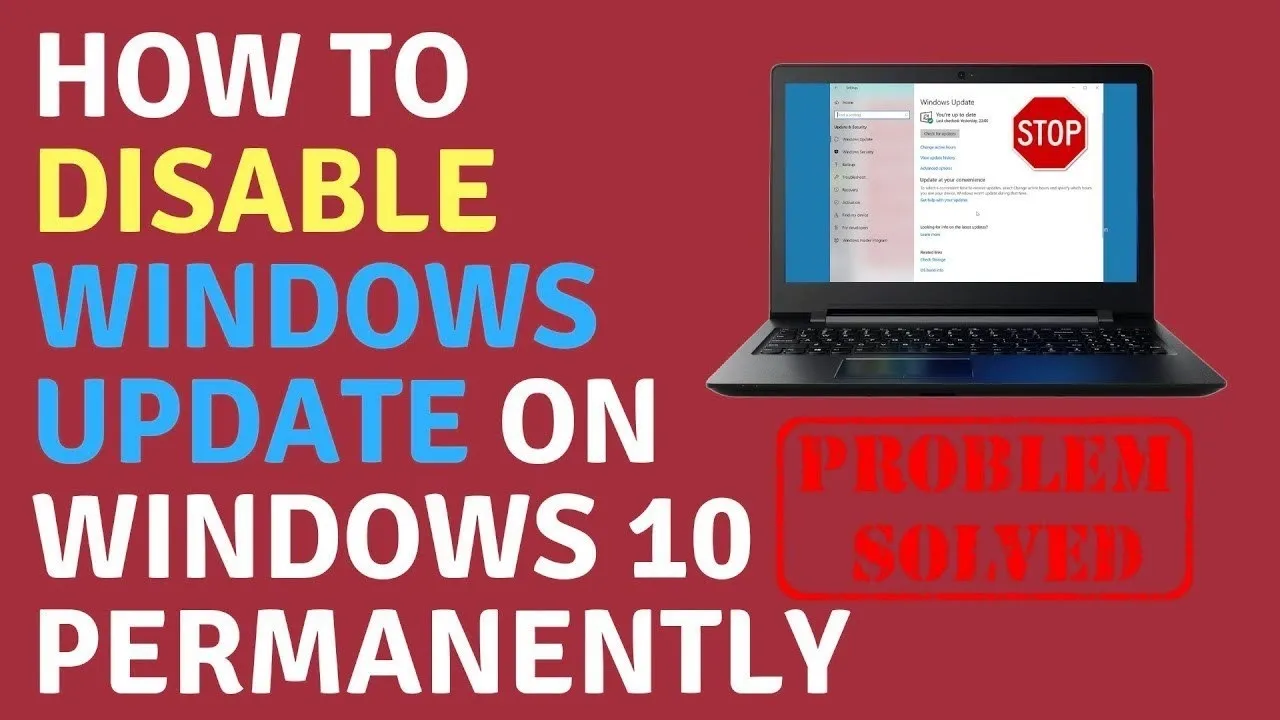
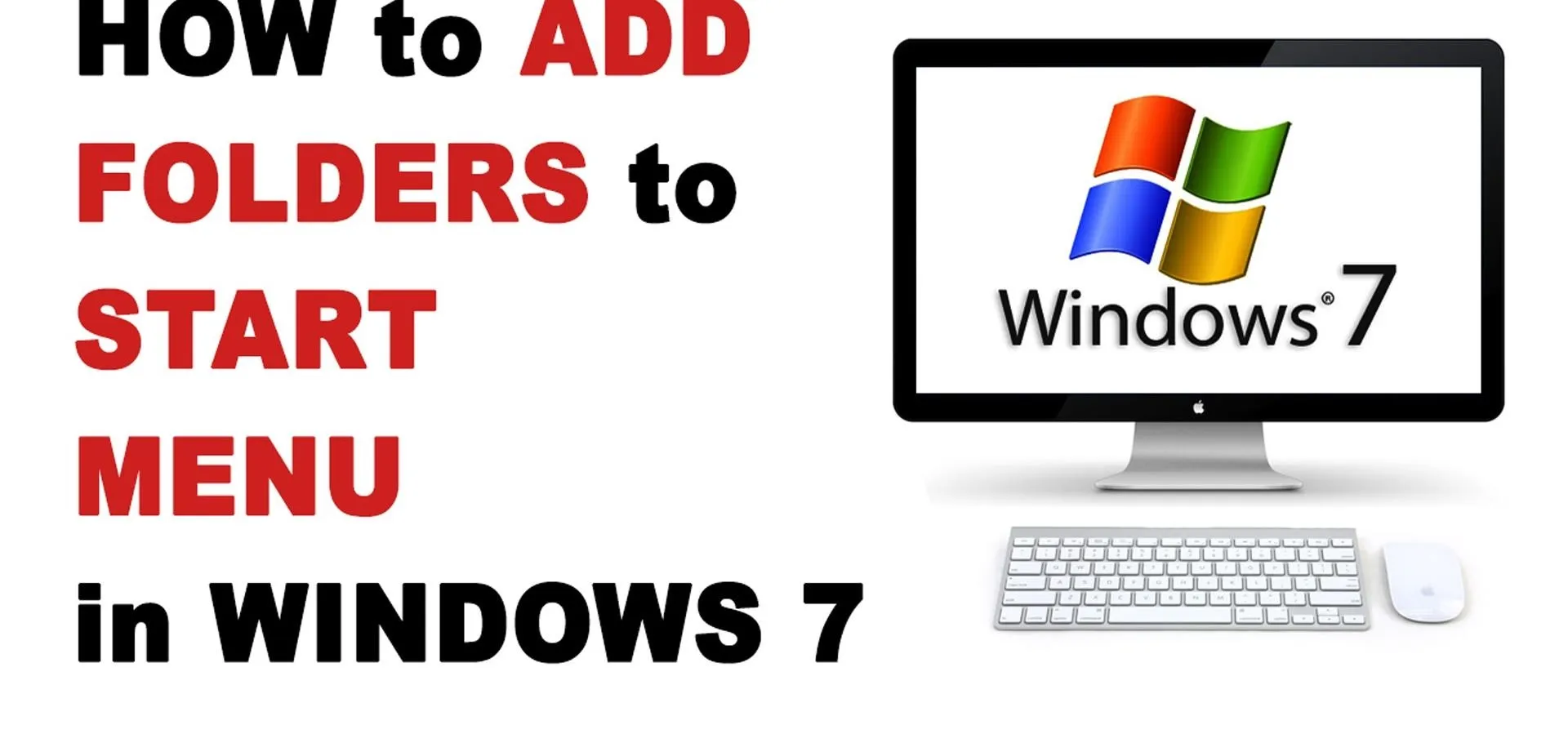
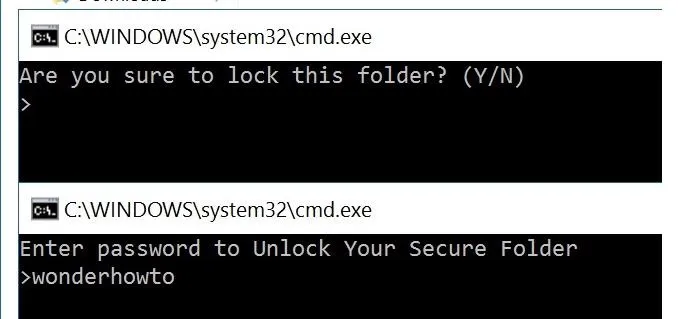
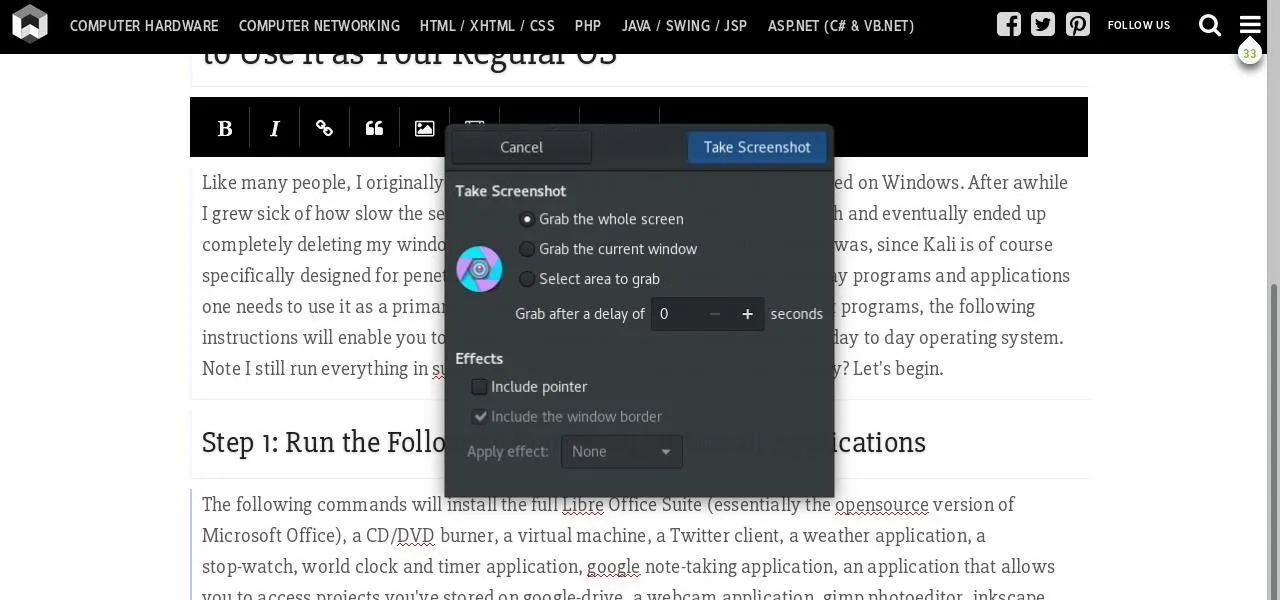
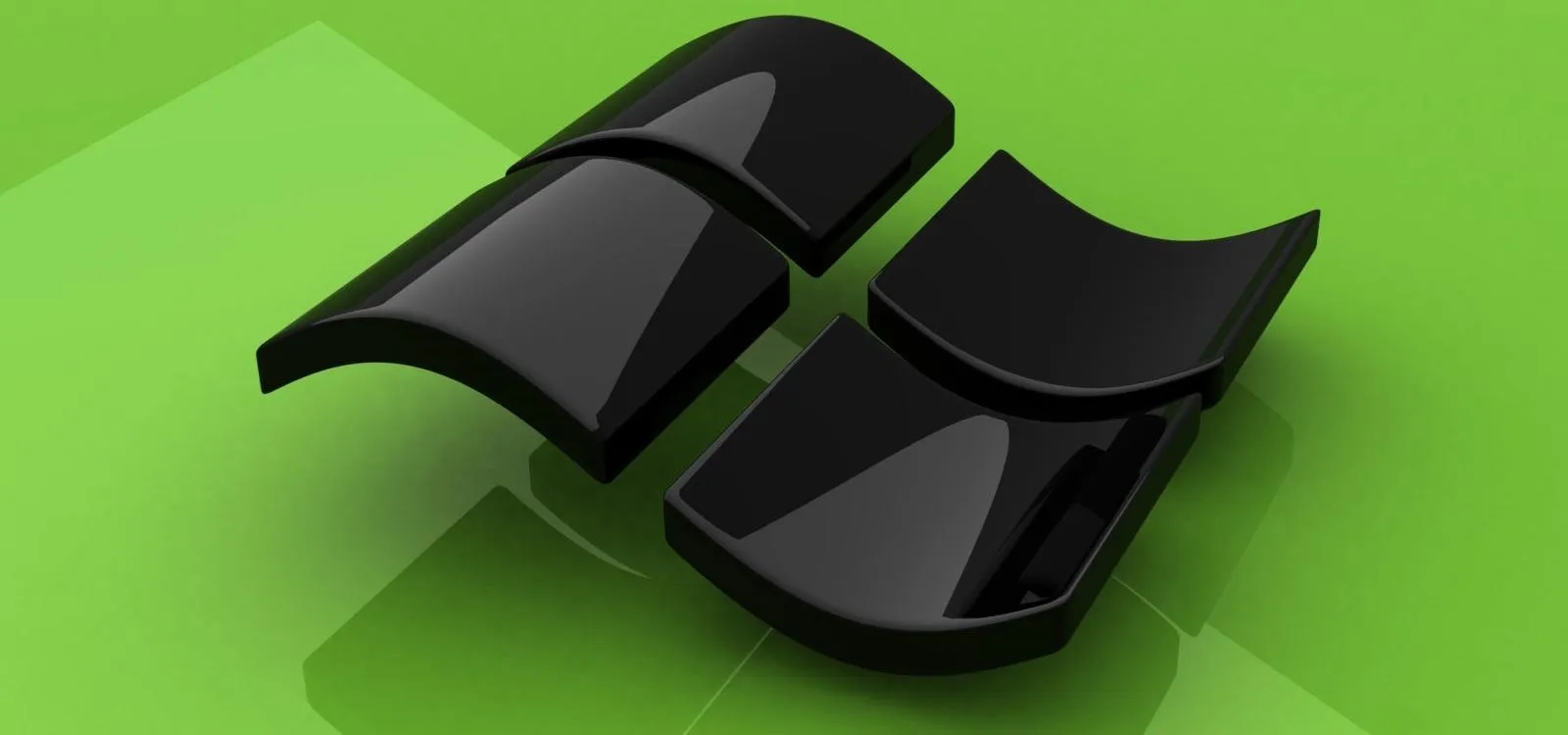


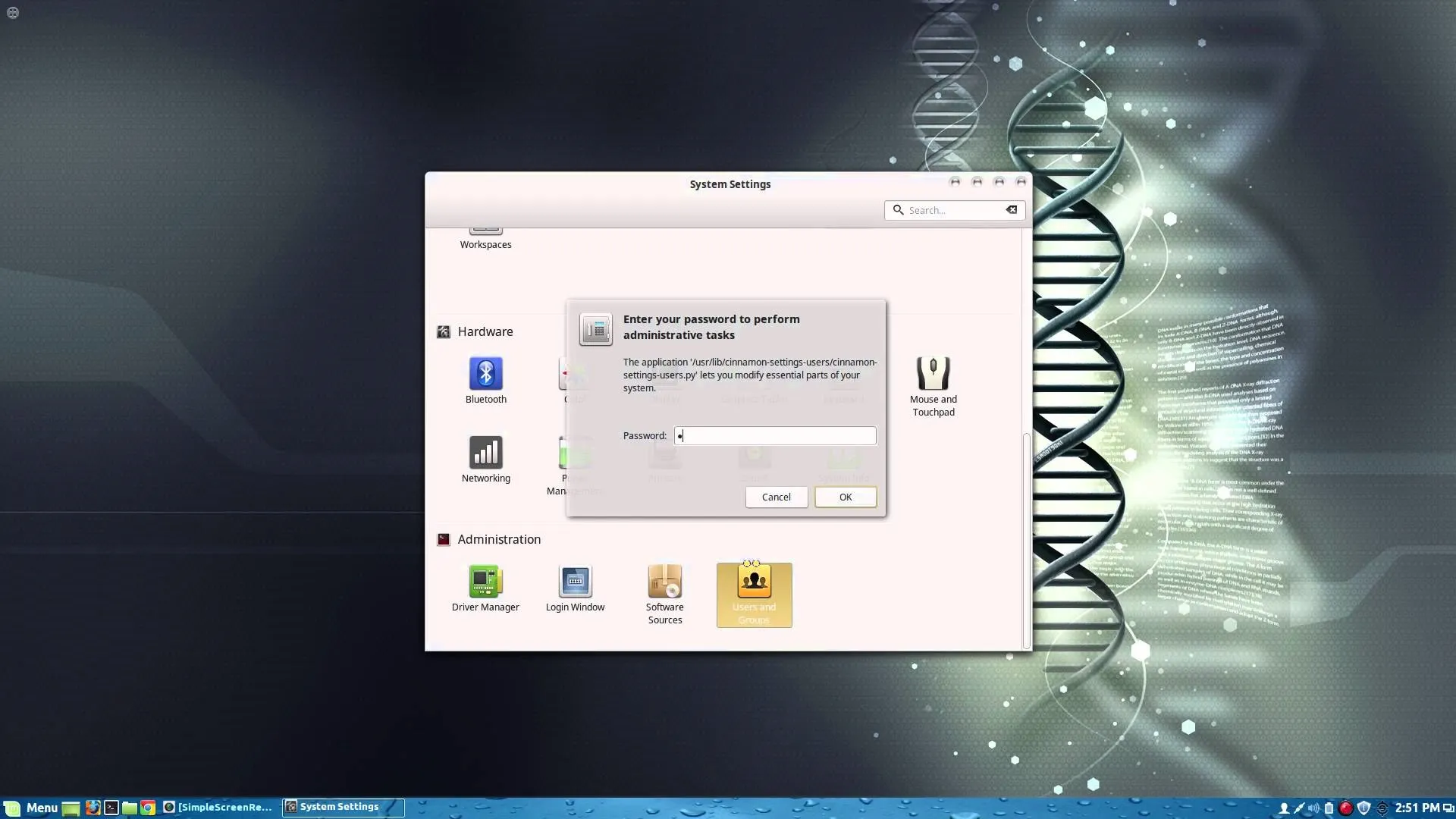
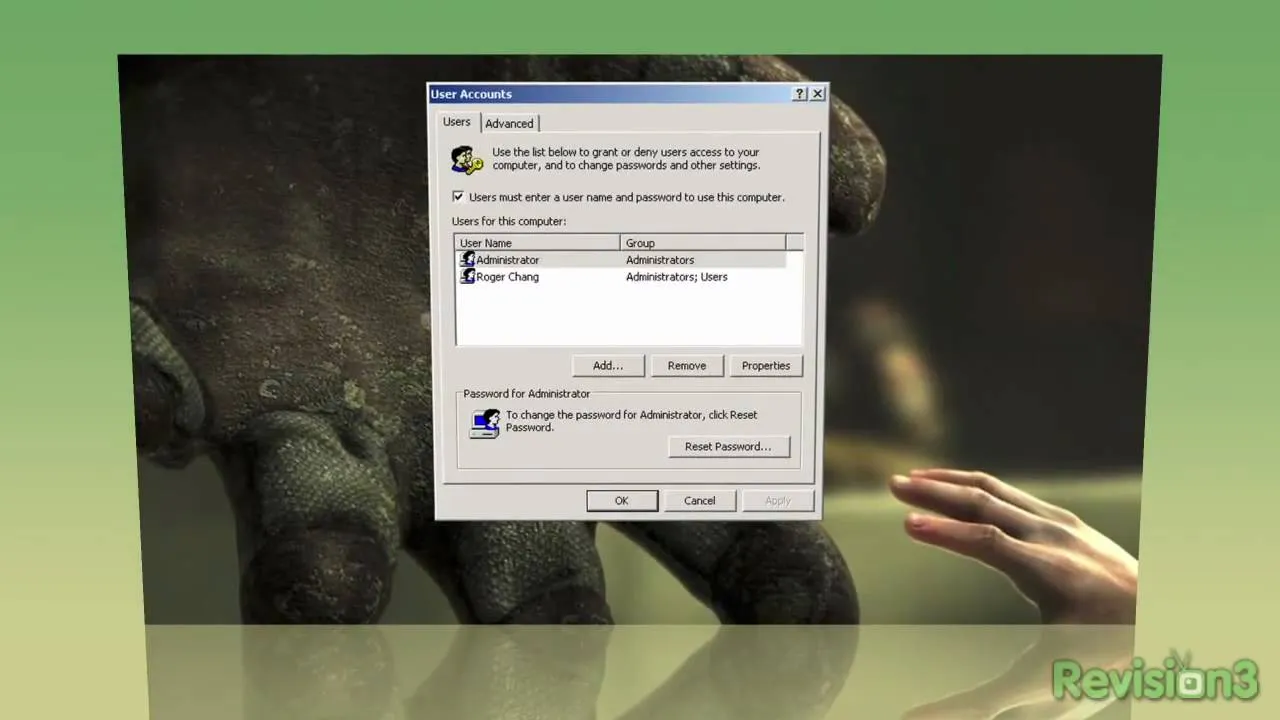
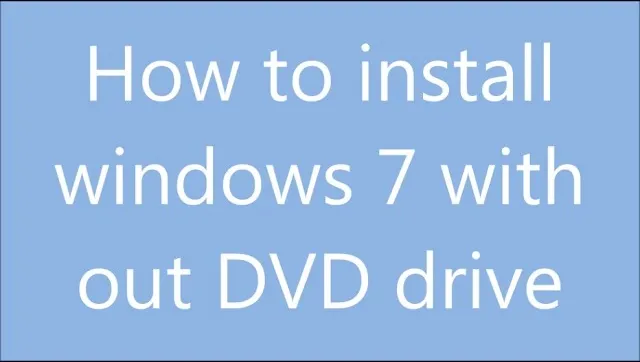
Comments
Be the first, drop a comment!